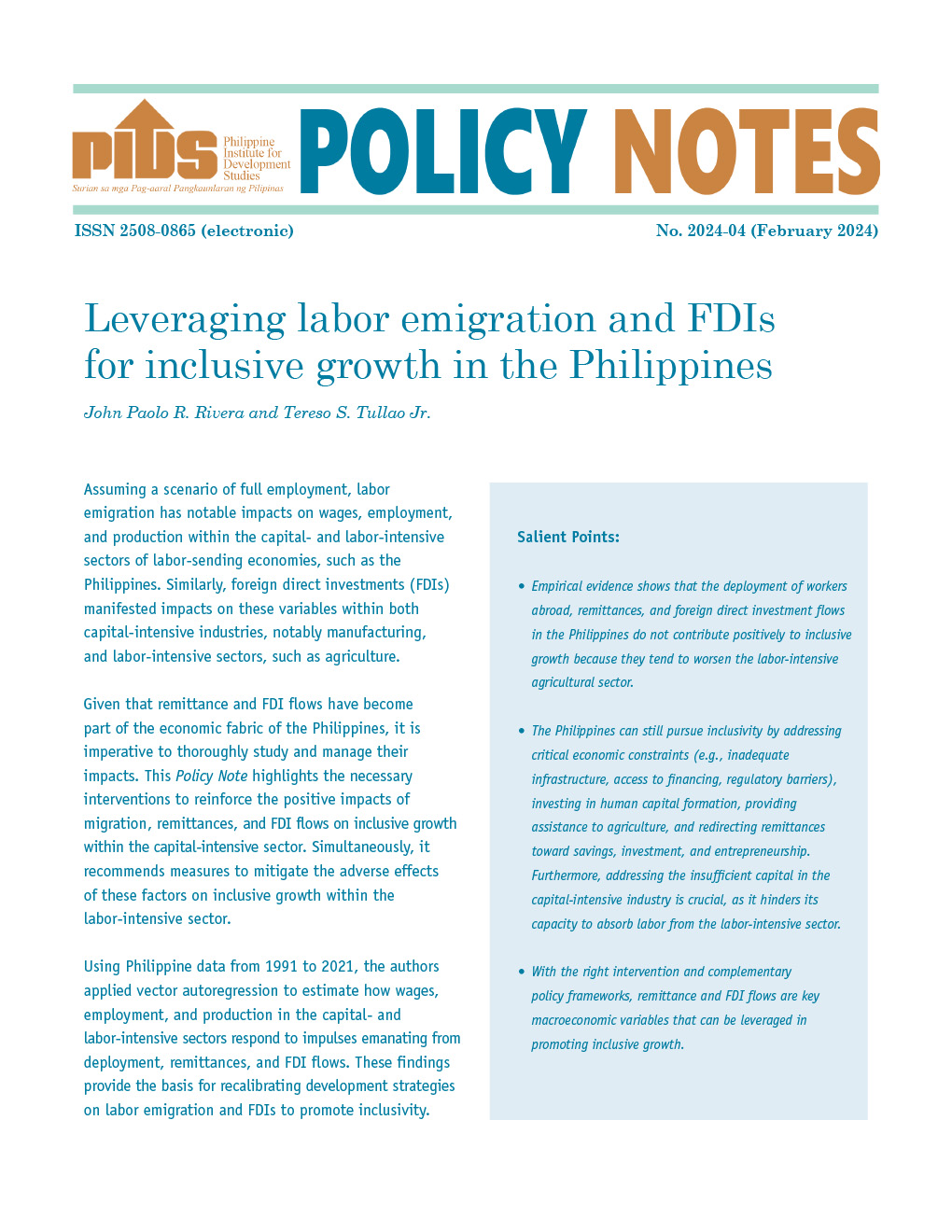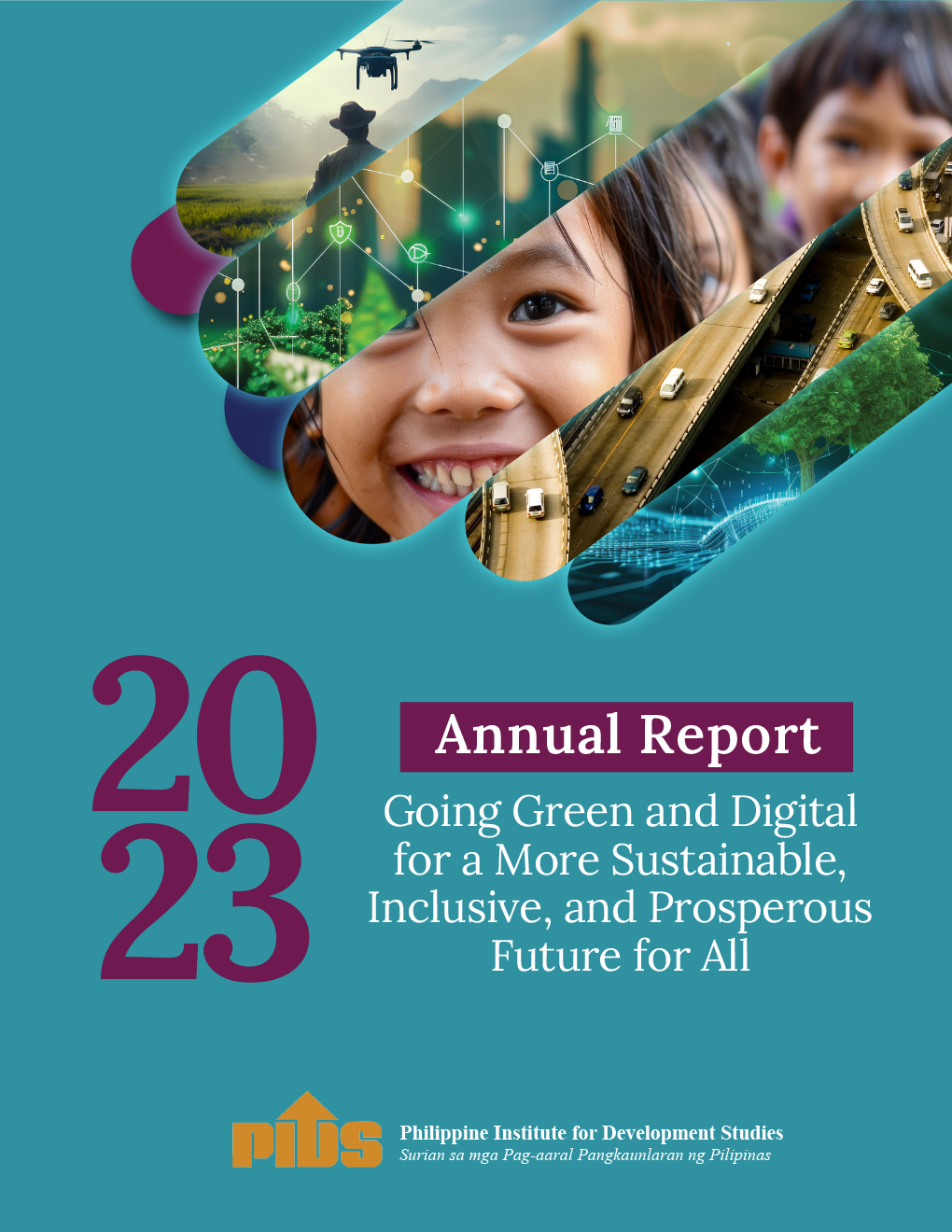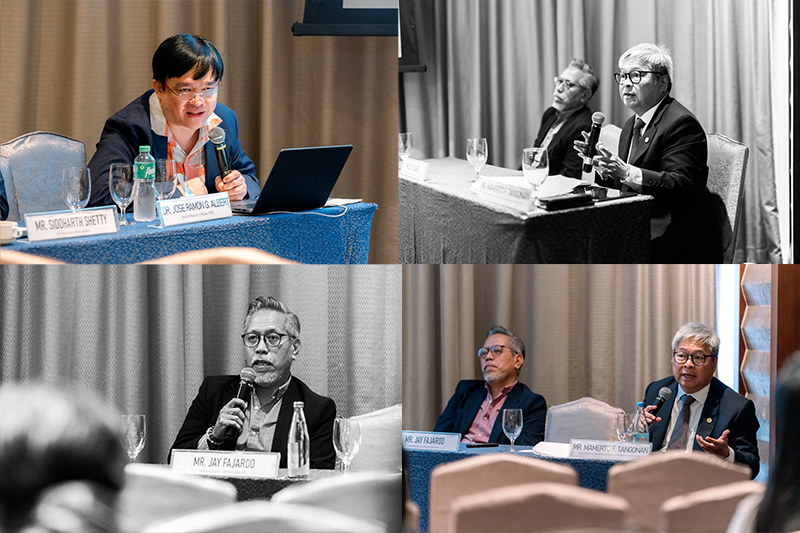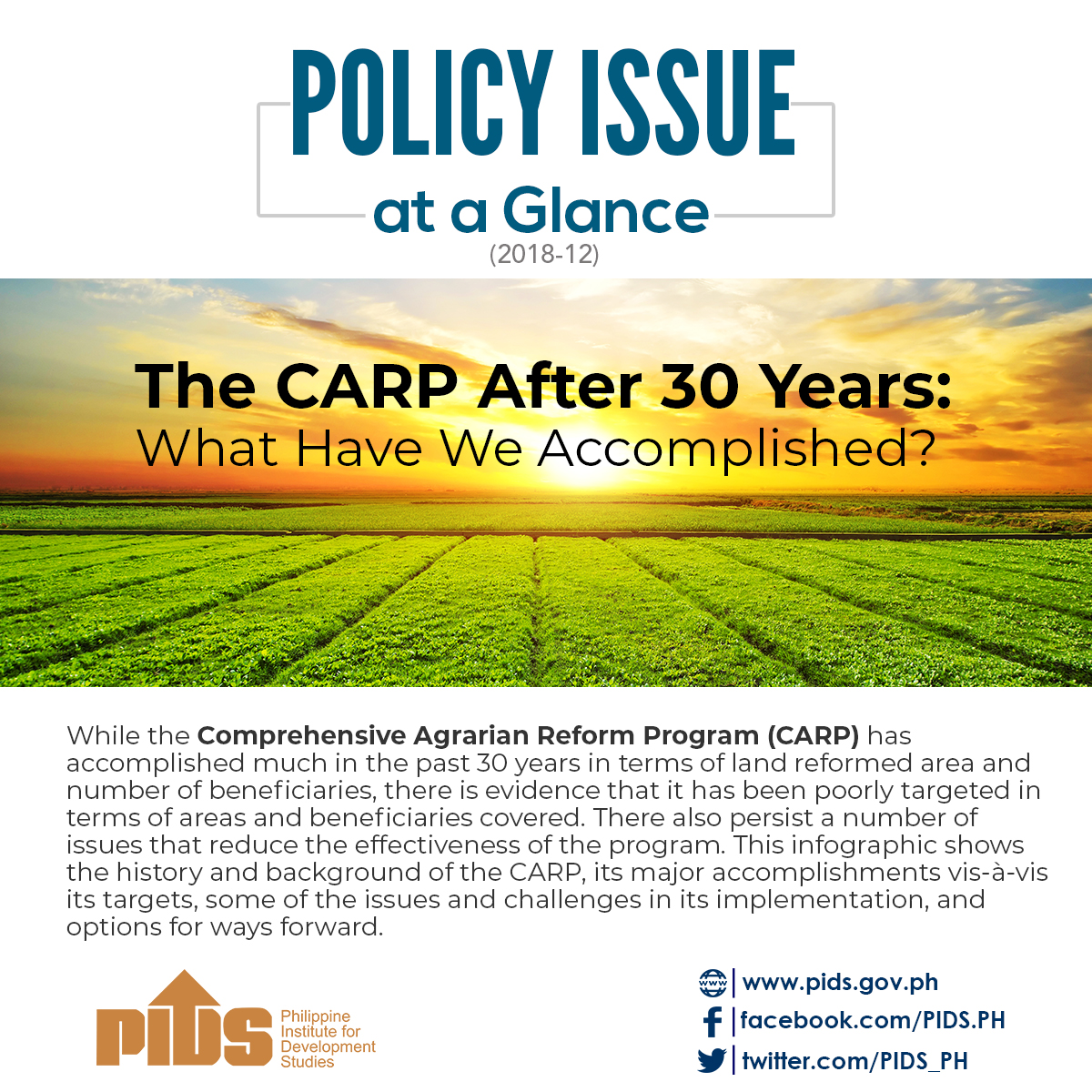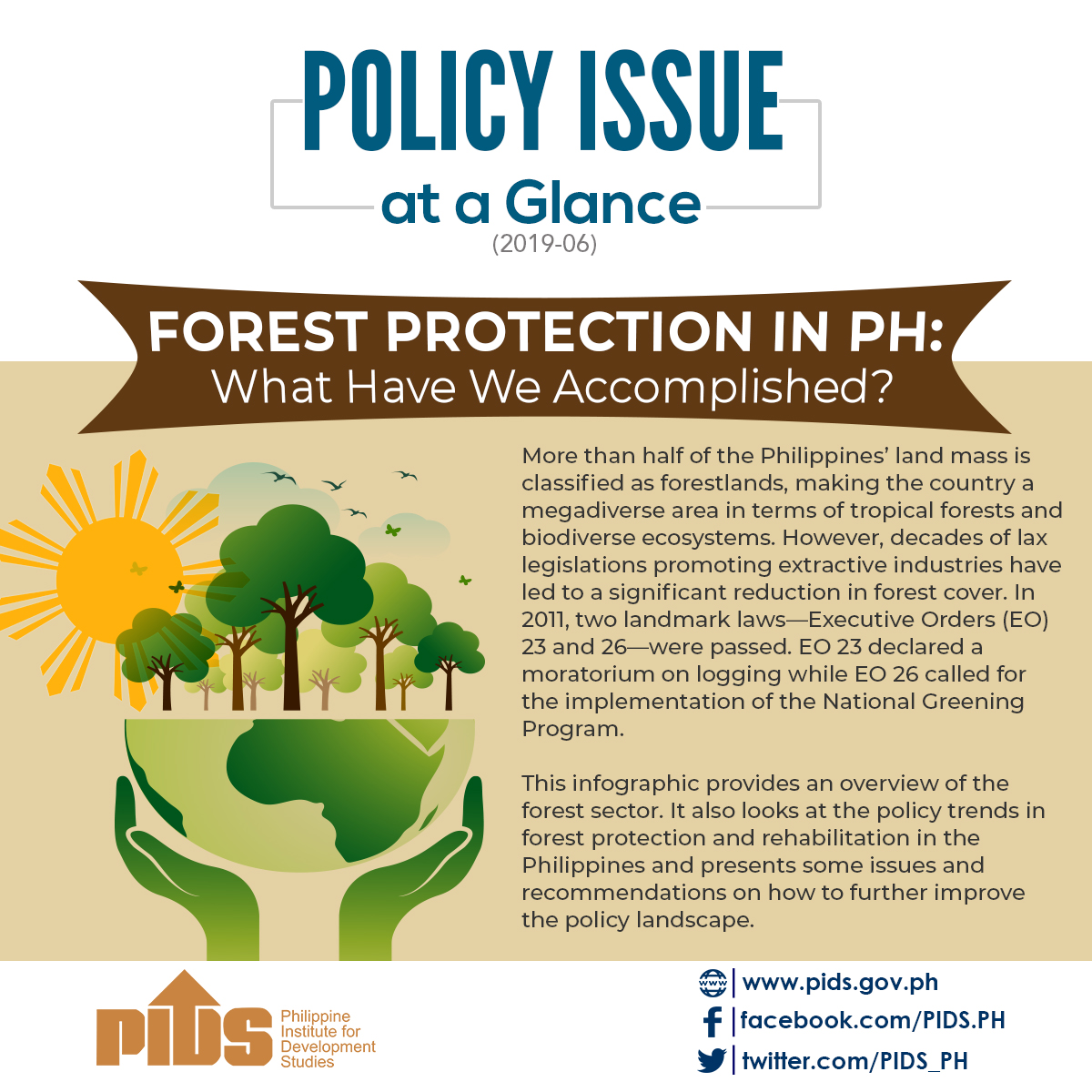Secretary Greg Domingo of the Department of Trade and Industry (DTI) and his team deserve congratulations for the long-awaited automotive industry roadmap, most aptly named CARS (Comprehensive Automotive Resurgence Strategy Program). This was the subject of a recent consultation meeting of the DTI with an "Eminent Persons Group” to get advise on the new industrial policy thrust of the government.
CARS represents several years of hard work of Undersecretary Che Cristobal and Assistant Secretary Fita Aldaba, who is also senior fellow and vice-president of the government think tank the Philippine Institute for Development Studies. They painstakingly crafted a plan and forged a difficult consensus -- especially with the Department of Finance -- on a new thinking on an industrial policy that involves government support for a program that is well-targeted, time-bound and performance-based.
The search for a national pathway to create quality jobs that will absorb almost a million new entrants in the labor market and the 11 million who are unemployed and underemployed was also the topic of a recent experts roundtable chaired by National Economic and Development Authority Secretary Arsi Baliscan. A most interesting presentation came from Asian Development Bank adviser Jesus Felipe. Based on his study of more than 100 economies over time, he suggested that for the Philippines, the long-term challenge was not how to ignite growth, but rather how to become a modern industrial service economy. According to him, this would need economic transformation, including pushing into niches that foster "structural transformation, innovation and entrepreneurship” in close partnership with willing and able private sector. He argued that manufacturing continues to be important today despite the rise in services -- as engine of growth (economies of scale, technical progress, and learning) and as an "escalator” sector (high-productivity catch-up). The DTI’s CARS is driving in the same direction.
A few economist friends are skeptical that a government unable to collect garbage or enforce traffic laws properly can do industrial policy right. For example, National Scientist Raul Fabella, in his column last week, wrote that the government ought to "economize on limited government capacity,” focusing on its role as enabler, such as in providing required infrastructure, a role it has failed across administrations ("Of CALAX, industrial policy and the nature of the State,” June 29).
I am more confident. We can afford experimental interventions as long as public financial exposure is calibrated, there is a clear path to realizing the program’s objectives, and with the right private partners. Just like public-private partnerships in infrastructure where there have been notable successes.
Moreover, the timing is right. With progress in forging an ASEAN Economic Community, major foreign direct investors keen to participate in a growing ASEAN middle-class market are looking for new investment sites in the region, in one case in partnership with an established local conglomerate. I wonder however if CARS as designed can entice new entrants that can drive structural transformation of the kind Dr. Felipe discussed. It seems aimed primarily at the incumbent assemblers, as the barriers to entry are too high for a new participant to satisfy the conditions. (I gather the initial feedback even from incumbent assemblers is that conditions are too steep, given that their current run rates and regional production strategies are already well established.)
It may be time to consider a more fundamental change in the overall regulatory framework of the Motor Vehicle Development Program, a three-decade-old program, so that players with newer technologies and platforms can come in. Perhaps rather than stipulating processes, technologies and business conditions, it should allow for greater leeway in meeting its objectives?
For example, Executive Order 158 specifies painting and welding as necessary activities to qualify -- even when many firms have already moved to global production processes not bundled this way. Should there not be more flexibility that also takes into account already revealed
Philippine comparative advantage in automotive electronics? In 2004, electronics was 10% of the value of cars; in 2014, it was 35%, and expected to double to 70% in another 10 years.
I understand there is a serious automobile OEM (original equipment manufacturer) that has already partnered with a local established conglomerate on the feasibility of the Philippines as an ASEAN manufacturing hub. This same conglomerate has expanded its electronics manufacturing business by expanding its global footprint in China, Europe and the Americas. It has gone where the business opportunities has told them to go. A major global automobile OEM coming to the Philippines will surely attract its suppliers if it makes business sense to do so, and if there is an attractive investment framework.
These ingredients can be our bridge to a manufacturing future -- a modern industrial service economy that Dr. Felipe spoke of. I hope these investments are made here in the Philippines. A pity if it is lost to a more forward-looking and flexible ASEAN neighbor.//
Romeo Bernardo is Philippine GlobalSource advisor and is a board director of IDEA.


